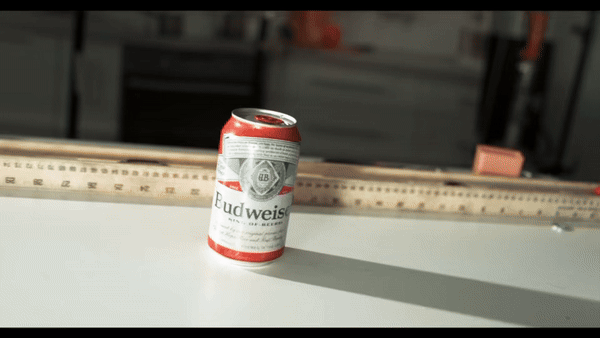How Motion Control Unlocks Creative Possibilities in Commercial Video Production
In the world of commercial cinematography, precision and consistency are everything. Whether you’re shooting a high-speed food pour, a dramatic product close-up, or a beverage splash in slow motion, the margin for error is razor-thin. That’s where motion control comes in — a game-changer for video production, especially in advertising video and product cinematography.
What Is Motion Control?
Motion control involves programming camera movement through robotic rigs — like the Colossus or MIA systems — to execute repeatable, ultra-precise moves. These robotic arms allow for millimeter-accurate shots that can be repeated again and again with absolute consistency. This is especially vital when working with commercial video production where visual perfection is non-negotiable.
In high-end food cinematography, for example, motion control allows the camera to capture a steaming burger stack in ultra slow motion with just the right amount of parallax and lighting precision. In product cinematography, it lets you orbit a luxury watch or perfume bottle with flawless smoothness, creating dynamic shots that would be nearly impossible with traditional gear.
Why Motion Control Matters in Commercial Shoots
From a director of photography (DP) standpoint, motion control opens up a level of creativity and flexibility that’s hard to achieve otherwise. It offers:
Repeatable moves: Whether you’re compositing different elements or shooting variations, you can get the exact same camera path every time.
Precision at scale: Perfect for tabletop shoots or macro video production that requires exact focus shifts, lighting changes, or tilt-roll combos.
Complex choreography: Match movement to music cues, VFX markers, or in-camera transitions for jaw-dropping sequences.
These features make motion control ideal for advertising video, where each frame has to sell an idea, emotion, or product feature — and it has to do it with visual clarity and impact.
Bringing Ideas to Life Frame by Frame
When Drew Lauer is behind the lens — and behind the joystick — motion control cinematography becomes a tool to elevate not just visuals but storytelling. Clients often come in with an ambitious storyboard that seems impossible. With motion control and proper pre-visualization (pre-viz), Drew and his team can break it down and build it up again into something that’s not just feasible, but remarkable.
Take the example of a food commercial video where a spoon swirls through yogurt and berries land in place mid-motion. The robot is programmed to match the food choreography precisely. Each take is reviewed, refined, and reshot until the action syncs perfectly — all while maintaining lighting consistency and visual rhythm.
Or think about a product cinematography shoot where a sleek tech gadget glides through beams of light on a turntable. With Colossus, Drew can achieve those arcs, flares, and pull-backs in camera — not in post — bringing a real tactile feel to the footage.
Challenges (And Why They’re Worth It)
Let’s be honest — motion control is not plug-and-play. It requires intensive setup, creative programming, and a deep understanding of cinematography. But the results are cinematic magic.
Drew often compares it to conducting an orchestra: every movement, cue, and frame must work together harmoniously. There are moments when a robot is off by a centimeter and everything has to be reset. But that’s the difference between just “capturing a shot” and “crafting a visual.”
When brands want to elevate their advertising video to a level where every detail is in sync — from the lighting on a soda bottle to the reflection on a car logo — motion control delivers.
Elevating the Role of the Director/DP
For Drew, using motion control isn’t just about tech for tech’s sake. It’s a way to support his work as a director and DP, combining artistic vision with technical execution. From overseeing set builds and lighting to coordinating with food stylists or product specialists, motion control allows Drew to be hands-on while also staying focused on the bigger picture.
Because of its precise nature, motion control also enhances collaboration between departments — something vital for a successful commercial video shoot. Art directors, brand leads, and editors can view the same take and know exactly what they’ll be working with in post.
Future-Proofing Commercial Cinematography
As the industry continues to demand shorter timelines and higher production value, motion control cinematography is poised to be a staple in Los Angeles commercial video production. The ability to plan, iterate, and deliver repeatable results is invaluable — not just for DPs, but for producers, editors, and clients.
From food cinematography to product cinematography, the demand for dynamic, scroll-stopping content is only growing. Robots like Colossus and MIA aren’t just cool gear — they’re creative allies in telling visual stories with impact.


